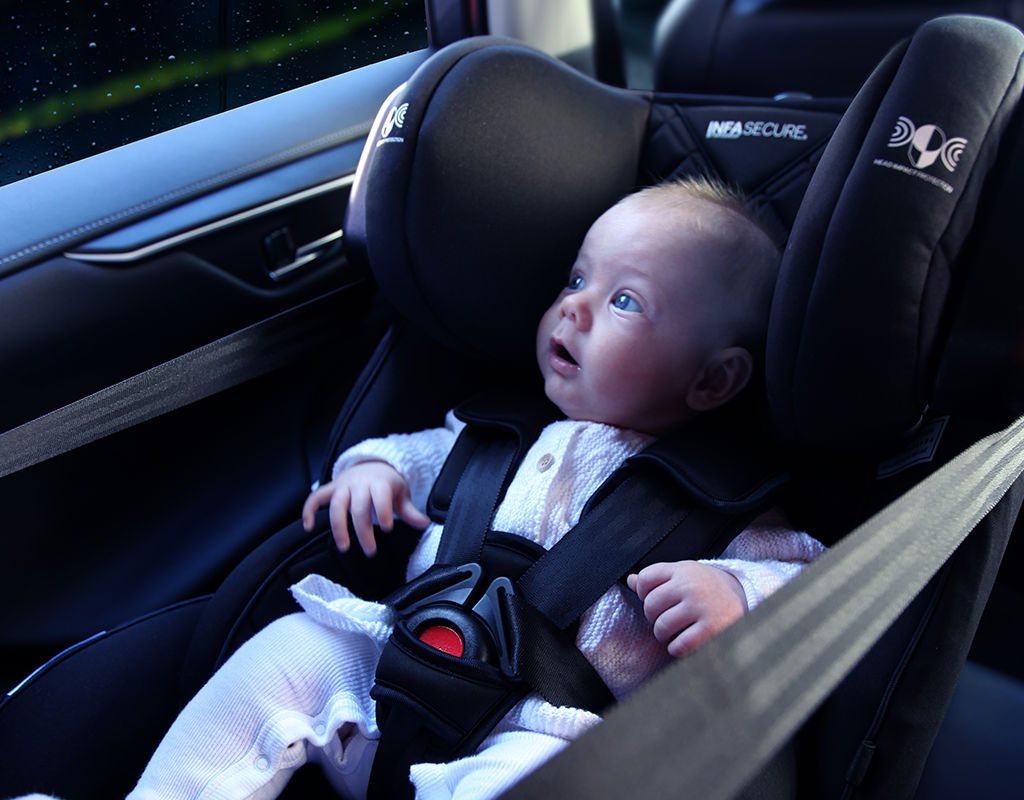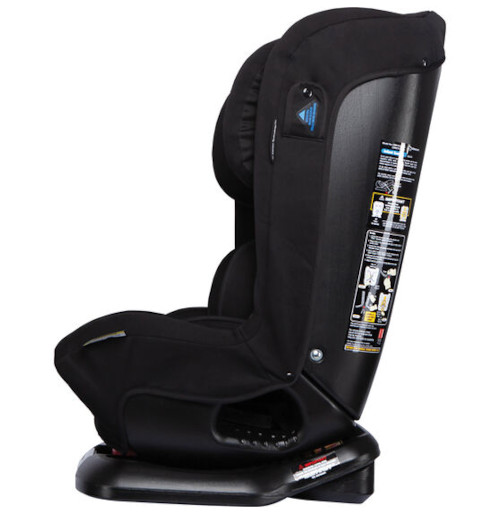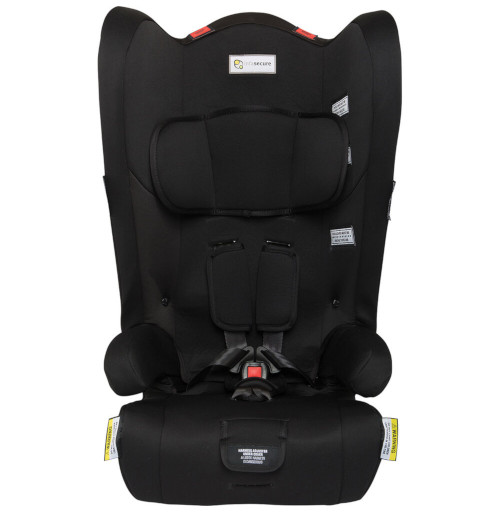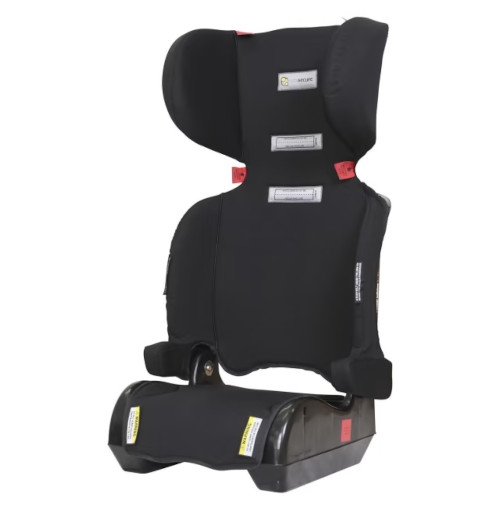Sponsored content
One of the first items of baby gear that you will use is a child seat to bring your precious bundle of joy home from the hospital. For new parents, this item is also the one that can cause the most anxiety when it comes to being sure that you’re fitting and using it correctly! After all, keeping your little one safe and secure is your priority.
In partnership with InfaSecure, we’ve answered some of the most common questions about the use of child restraints (commonly known as child car seats).
Q: How do I know if my child is safely placed in their car seat?
Answer:
1. Before placing your child in their seat, loosen the harness and lift the headrest. Settle your child into the seat, adjusting the harness and headrest height as needed. Ensure the headrest is sitting just above their shoulders (it should surround the child’s head).
2. Avoid common mistakes – such as twisted straps, a loose harness, or the headrest being too low or too high.
3. Perform the “pinch test” – adjust your child’s harness to be nice and snug by pulling on the harness adjuster at the front of the seat. Then, attempt to pinch the shoulder strap webbing at your child’s upper chest or shoulder. If you’re able to pinch the strap, it’s too loose – you need to adjust the harness some more. When you are unable to pinch the strap, the harness is fitted correctly.
Q: How do I know when to adjust my child’s car seat from rearward to forward-facing?
Answer: Rearward facing is the safest way for babies and younger children to travel.
Under the AS/NZS 1754:2013 standard you can legally rearward face children while they are under the appropriate shoulder height marker. The shoulder height marker can be located along the right-hand side of your InfaSecure Car Seat covers.
Q: Do I need an extension strap to fit my car seat?
Answer: Cars with anchor points in the rear of the vehicle or the boot floor may require an extension strap when a seat is in rear-facing mode. The best way to check is to locate your car’s anchor point (check the car user manual if unsure) and measure to see how much length is required. If you have already purchased your car seat you can lengthen the tether strap all the way, if it does not reach your car’s anchor point, you will need to purchase an extension.
Q: Why doesn’t my 0-8 car seat have ISOFix?
Answer: ISOFix installation method is only suitable for children aged 0-4 years. It is not allowed under the Australian/New Zealand standards AS/NZS 17:54:2013 as ISOFix is only designed in seats that cater for rear-facing or forward-facing for children up to four years of age. Any seat that caters for children over four years old, will not have ISOFix compatibility.
Q: How do I know if the headrest is in the right position?
Answer: A helpful tip: The headrest should never make contact with the child’s shoulders. For a safe fit, ensure the headrest is sitting just above their shoulders (it should surround the child’s head)
Q: What are the risks of purchasing a second-hand car seat?
Answer: The main concern with a second-hand car seat is you don’t know its history. It’s impossible to know for sure if the car seat has been in an accident and if the seat’s structural integrity has been compromised. Damage to car seats after an accident can be invisible,eg fractures in the shell or nicks in the webbing. There is no real way to check for this kind of damage. In summary, second-hand car seats are not recommended for use.
Peace of mind with Infasecure child restraints
Check out some of our top picks in child restraints from Infasecure.
*At InfaSecure, they’re passionate about educating parents and caregivers on best practice use of child restraints. This guide has been written with this in mind. Advice given is broad in nature. We recommend that you contact your specific child restraint manufacturer directly for any specific help with your restraint.
Content provided by Infa Group.
See more:











Leave A Comment
You must be logged in to post a comment.